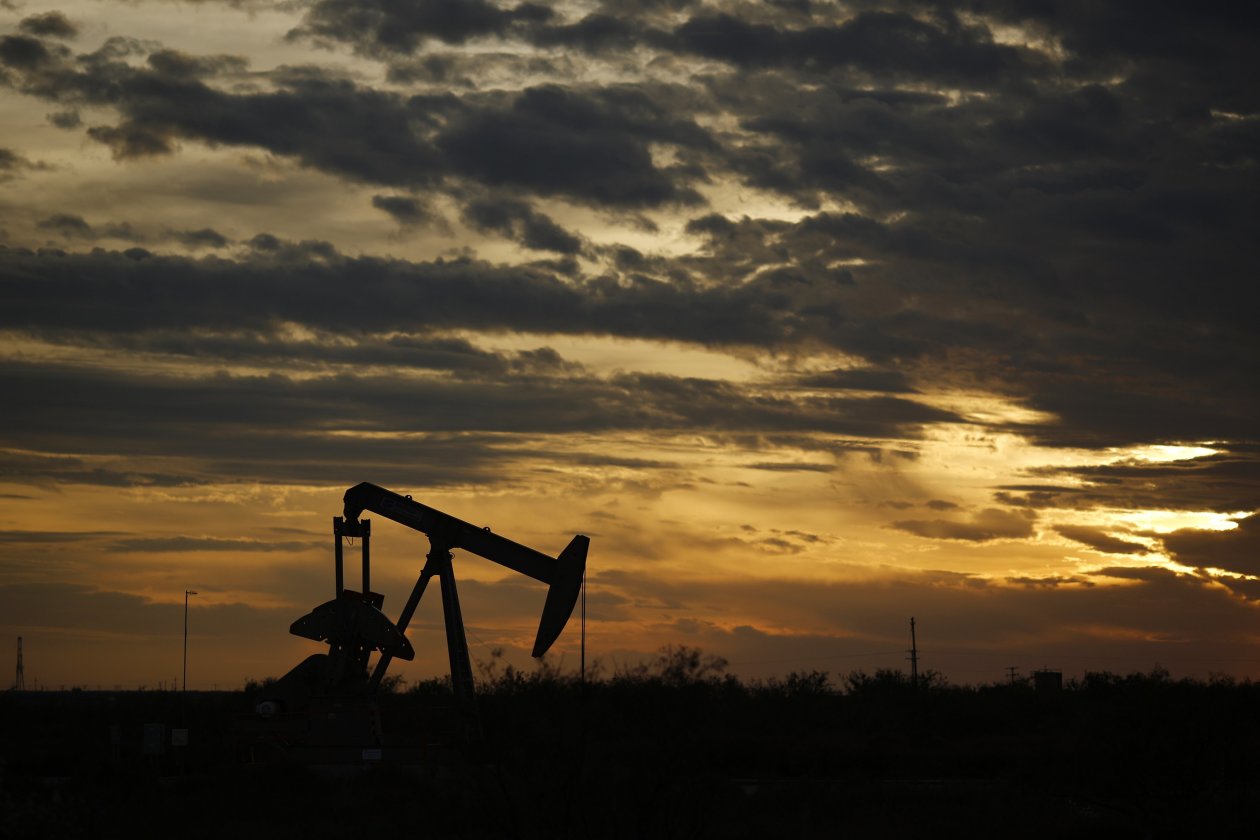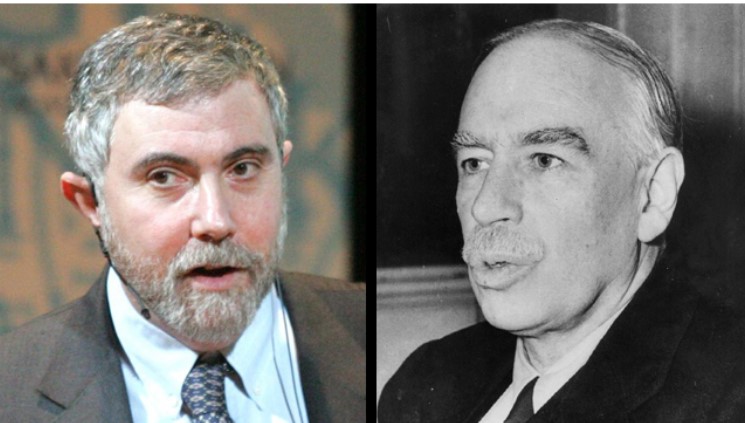
VINAY MARURI – APRIL 13TH 2018
In 2014, after a decade of high oil prices during which crude oil regularly traded above $100 per barrel, a strange thing happened. The price of oil fell 40% amid sluggish global demand and rising U.S. oil production from hydraulic fracturing of shale rock fragments, or fracking. The price decline continued for the next two years, with the price of oil bottoming out at $30 per barrel in January 2016.
Analysts believed that low oil prices were the new normal. They cited factors such as an ongoing war between Russia and OPEC for market share, rising American production, and increased Iranian exports as reasons that oil prices would be constant or declining slightly in the foreseeable future.
However, since 2016, oil prices have steadily risen, contrary to industry and analysts’ expectations. In 2017 and 2018, the price of oil has more than doubled over January 2016 levels and is currently trading around $70 per barrel. Some investors now are betting that oil prices will reach $100 per barrel in 2018, in the wake of strong confidence in crude oil prices. Analysts affirm this confidence, claiming that oil prices are rising because of a brighter global economic outlook, two geopolitical crises, and production constraints by OPEC and their allies.
The world’s economy is doing better, and as a result, people are driving more. Around the world, demand for oil increases as Americans, Europeans, and Asians all drive consume more gasoline than before. This is rebalancing oil markets and diminishing stockpiles of oil in these regions, eliminating most excess supply and putting upward pressure on oil prices.
Geopolitical crises in the Middle East and Venezuela are also contributing to the increase in oil prices. The United States, encouraged by Saudi Arabia, is threatening to cancel the Iran nuclear deal and re-impose economic sanctions on Iran, which would prevent the country from exporting its oil, cutting Iranian oil out of the world oil market. Combined with signals that Saudi Arabia and Iran are preparing for war against each other, including nuclear provocations between the two, the supply of oil from the Middle East is in serious danger of being disrupted.
In Venezuela, oil production has gone into full-scale decline. The country has been gripped by a political and economic crisis that has made exporting more challenging for Venezuela. Combined with a steady decline in oil field productivity due to mismanagement and lack of investment by the government over the past 15 years, oil production has declined by nearly a million barrels per day in Venezuela. Given that the current regime led by Nicolas Maduro is under threat, Venezuelan oil production is not likely to recover any time soon, putting further constraints on the world oil supply.
Finally, prices are expected to increase in the future because of a deal struck between OPEC and 10 other oil producing nations, including Russia. The deal places controls on how much crude oil countries can produce in an effort to control the supply of oil and boost crude oil prices. The deal has so far reduced world crude oil supplies by 2%, enough to generate an overall decline in global crude oil inventories despite increased production from the United States.
These three factors have combined to create the perfect environment for oil prices to rise. Should they hold into 2019, we could be seeing the return of high gas prices and crude oil trading at or above $100 per barrel.
Featured Image Source: Wall Street Journal
Disclaimer: The views published in this journal are those of the individual authors or speakers and do not necessarily reflect the position or policy of The Berkeley Economic Review staff, the Undergraduate Economics Association, the UC Berkeley Economics Department and faculty, or the University of California at Berkeley in general.


